Natural Resources
Perils of the plastic pollution: alarming time ahead!
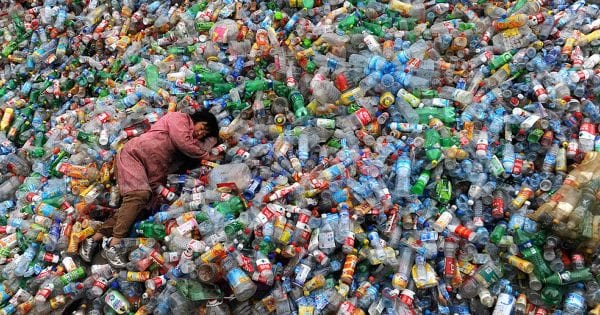
Every piece of plastic ever disposed of (this includes the toothbrush your great-grandfather used) is damaging the earth. It’s lying somewhere in the earth, floating in the ocean, or been broken down into micro-particles and in the food chain. Although a fraction of the plastic disposed of is recycled, most of it eventually ends up in the ocean or in dumpsites outside city limits. The best way to reduce plastic pollution is to reduce and phase out its consumption. Solutions range from carrying your own reusable steel glass, box, spoon and cloth bag while eating out or shopping for groceries to using alternatives to plastic for household items.
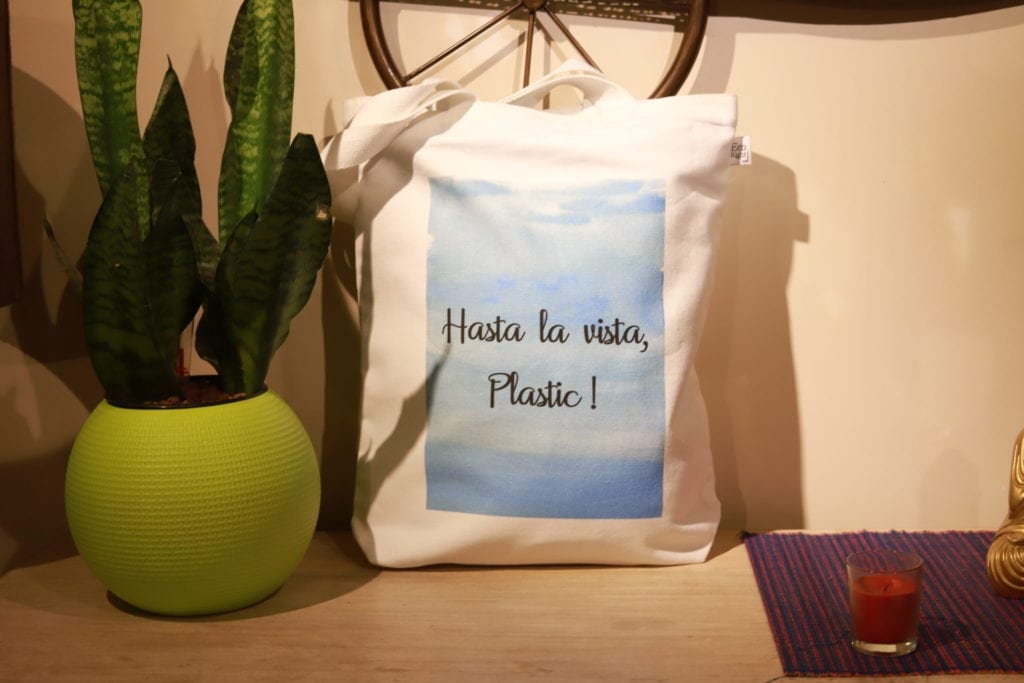
Plastics are organic polymers of high molecular mass and often contain other substances. They are usually synthetic, mainly derived from petrochemicals. Their low cost, ease of manufacture, versatility, non-corrosiveness, and imperviousness to water, plastics make them useful for multiple purposes at different scales. Further, many chemists, including Nobel laureate Hermann Staudinger (father of polymer chemistry) and Herman Mark (father of polymer physics), have contributed to the materials science of plastics. However, these scientists could not have anticipated such exponential growth of plastic production.
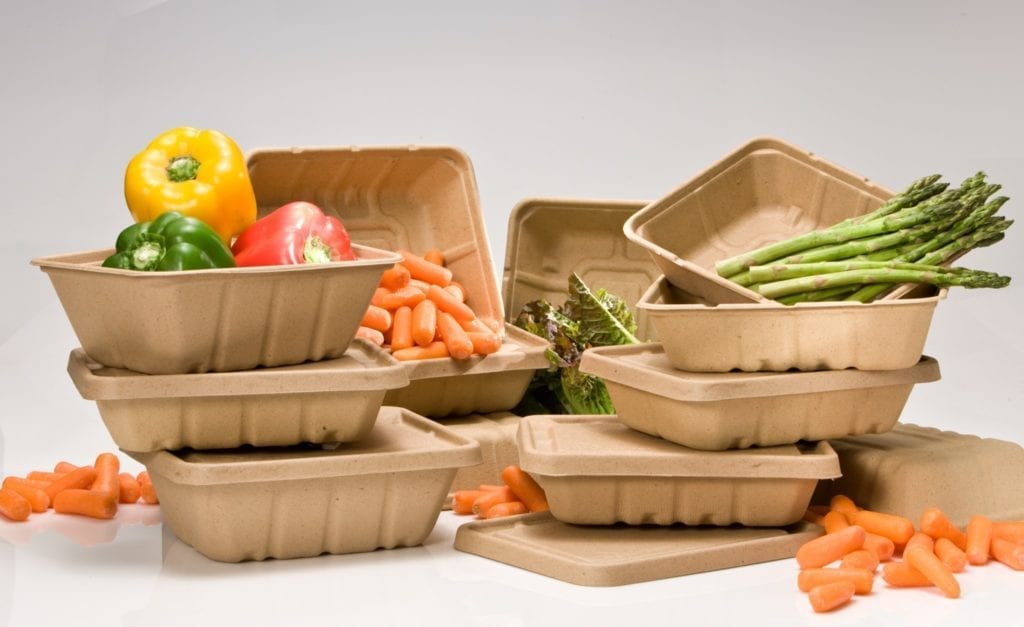
India consumes an estimated 16.5 million tonnes, about 1.6 million trucks full of plastic annually, as per this June 2018 report in Down to Earth that cites data provided by PlastIndia Foundation, a conglomeration of associations and institutions that deal in plastic. Of this, 43% is plastic manufactured for single-use packaging material that will mostly find its way into garbage bins, the report said. In all, 80% of the total plastic produced in India is discarded. It mostly ends up choking landfills, drains, and rivers and flows into the sea where it is ingested by marine animals. It leaches into soil and water, contaminating the natural environment with poisonous dioxins.
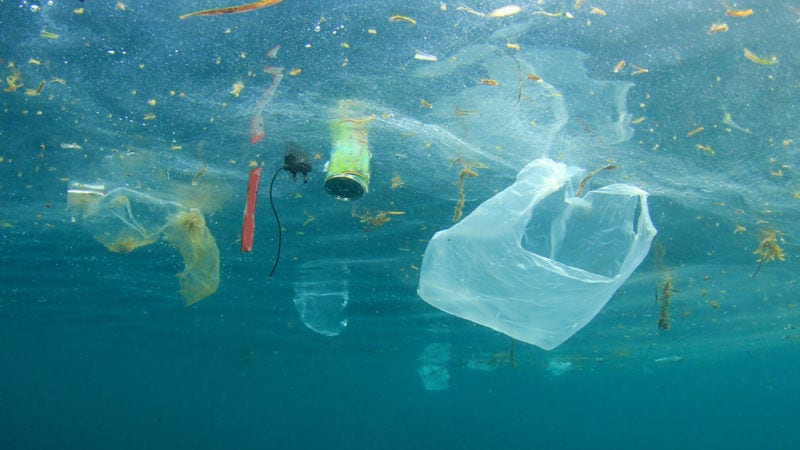
National Green Tribunal rapped 25 states and union territories for not following its orders on submitting a plan by April 30, 2019, on how they would comply with the Plastic Waste Management Rules of 2016. The Central Pollution Control Board (CPCB) has pulled up 52 companies — including Amazon, Flipkart, Danone Foods and Beverages and Patanjali Ayurved Limited — for not specifying a timeline or a plan to collect the plastic waste that results from their business activities.
The Ministry of Environment, Forest and Climate Change has notified the Plastic Waste Management (Amendment) Rules 2018. In 2016, the Union government implemented the Plastic Waste Management Rules and Solid Waste Management Rules. But the rules faced various challenges. Based on representations received from various stakeholders, MoEF&CC had constituted a committee to resolve such issues.
At least 40% of the plastic waste generated every day–25,940 tonnes or about 2,594 truckloads, as per this 2015 CPCB study for the year 2011-12–goes uncollected. Thin plastic bags and films do not have enough value in the recycling market–they fetch no more than Rs 4 a kg–to be collected by rag pickers.
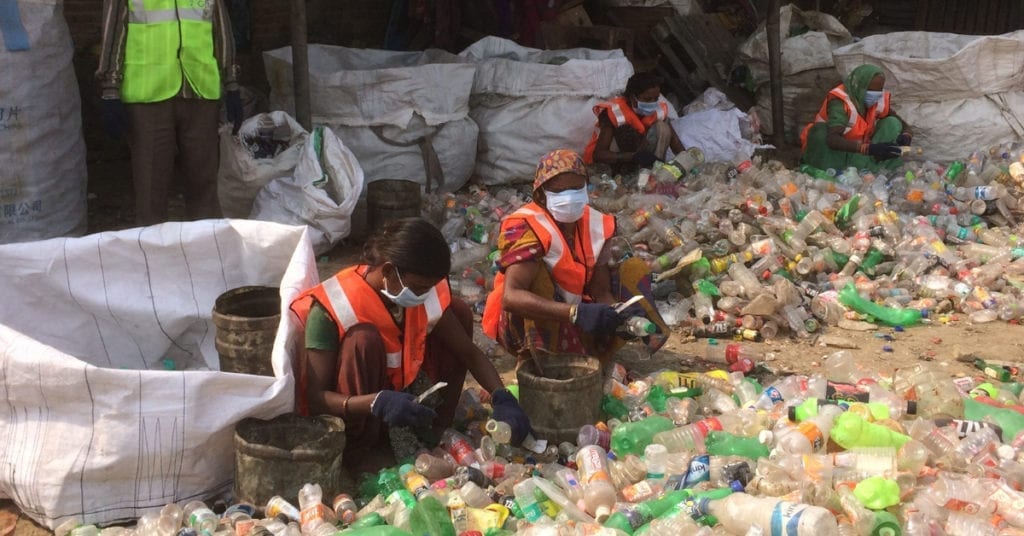
There are numerous reasons for Plastic Pollution. The vast network of unlicensed units manufacturing low-grade plastic bags and other material such as Styrofoam and the indifferences of municipal authorities to waste management is certainly the main causes of the pollution. Another important factor which is adding to the injury is India able to recycle only about 4 million tonnes and at the same time before the re-imposition of the plastic waste import ban in March 2019, Indian recycling firms were importing plastic waste from China, Italy, Japan, and Malawi.
Plastic Pollution can have some serious repercussion such as it can upset the food chain as it comes in sizes large and small, polluting plastics even affect the world‘s tiniest organisms such as plankton. When these organisms become poisoned due to plastic ingestion, this causes problems for the larger animals that depend on them for food and water conservation is already a concern in places ranging from California to parts of India, but the world‘s water is in great danger because of leaking plastics and waste. Similarly land is critically polluted when plastic is dumped in landfills; it interacts with water and forms hazardous chemicals. When these chemicals seep underground, they degrade the water quality. The wind carries and deposits plastic from one place to another, increasing the land litter. Recently as we experience the menace of air pollution, burning of plastic in the open air, leads to environmental pollution due to the release of poisonous chemicals. The polluted air when inhaled by humans and animals affect their health and can cause respiratory problems. It also kills animals despite countless TV ads over the years showing ducks or dolphins trapped in six-ring plastic can holders, these items are still used and discarded en masse each day. It is heavily poisonous. Man artificially makes plastic by using a number of toxic chemicals. Therefore, the use of and exposure to plastics has been linked to a number of health concerns affecting people around the world.
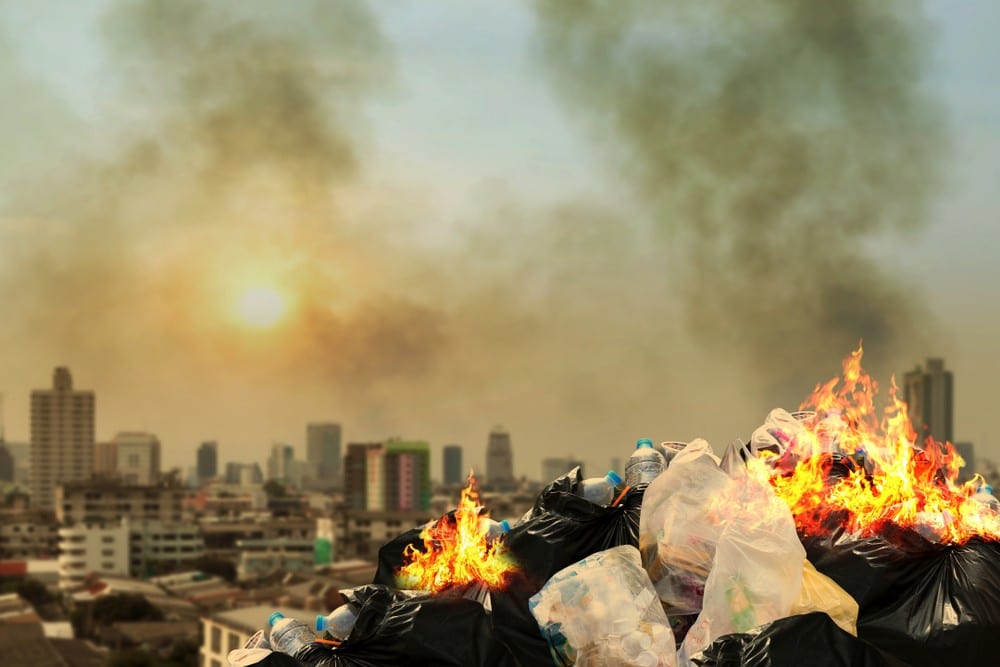
India is reckoned to generate over 25,000 tonnes of plastic waste every day. The residues can stain the environment and natural resources for hundreds of years. Plastic toxicity is known for its enduring adverse effects on territorial and aquatic life. In food, it can alter human hormones to cause major life-threatening diseases. Plastic materials, especially bags and bottles strewn on roads, have been noticed to cause flooding by blocking drains. They also kill stray cattle by choking.
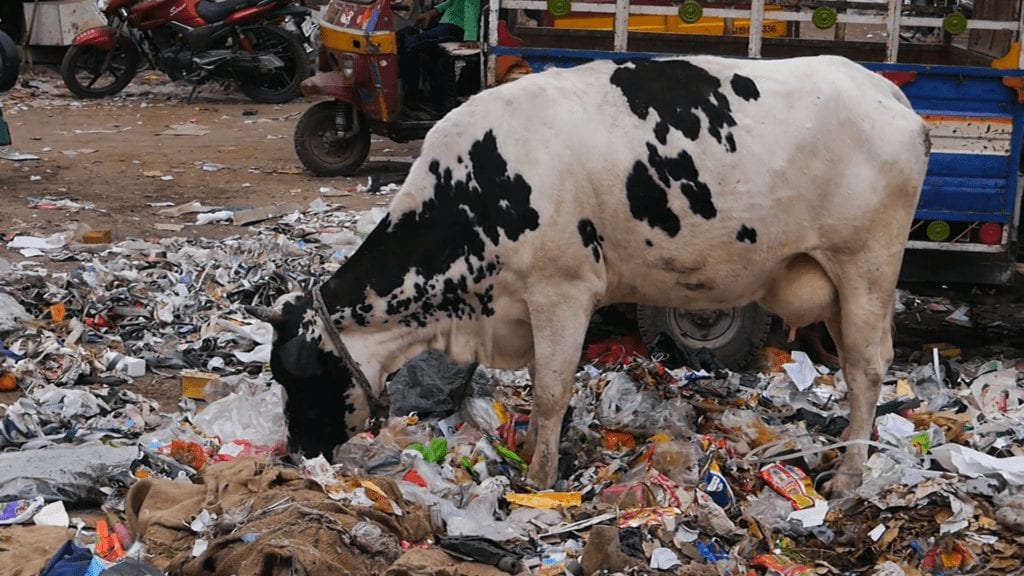
Plastics are not totally dispensable as their use seems desirable in certain situations. In fields like agriculture and automobiles, packaging, information technology, and biomedical industries, they are relevant. But their non-degradability and emission of toxic gases on combustion and incineration are growing concerns. It is thus imperative to manage plastic debris appropriately and at the same, It would be advisable to reassess the new set of rules and switch back to the 2016 plastic waste management norms.





























